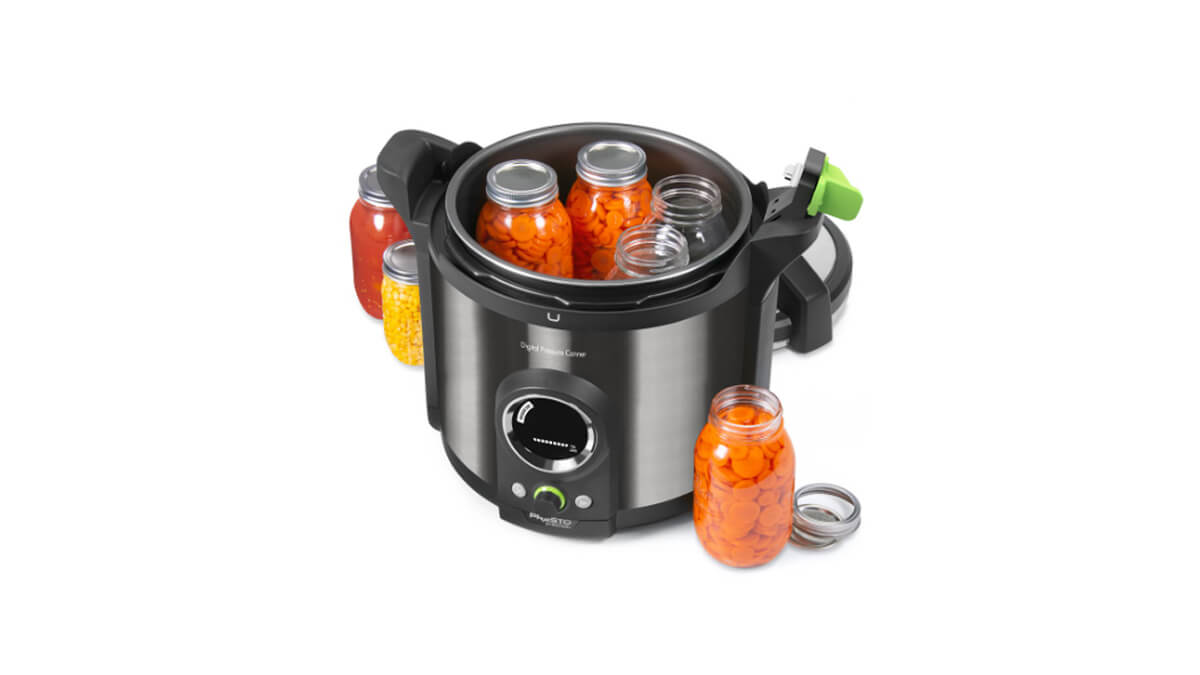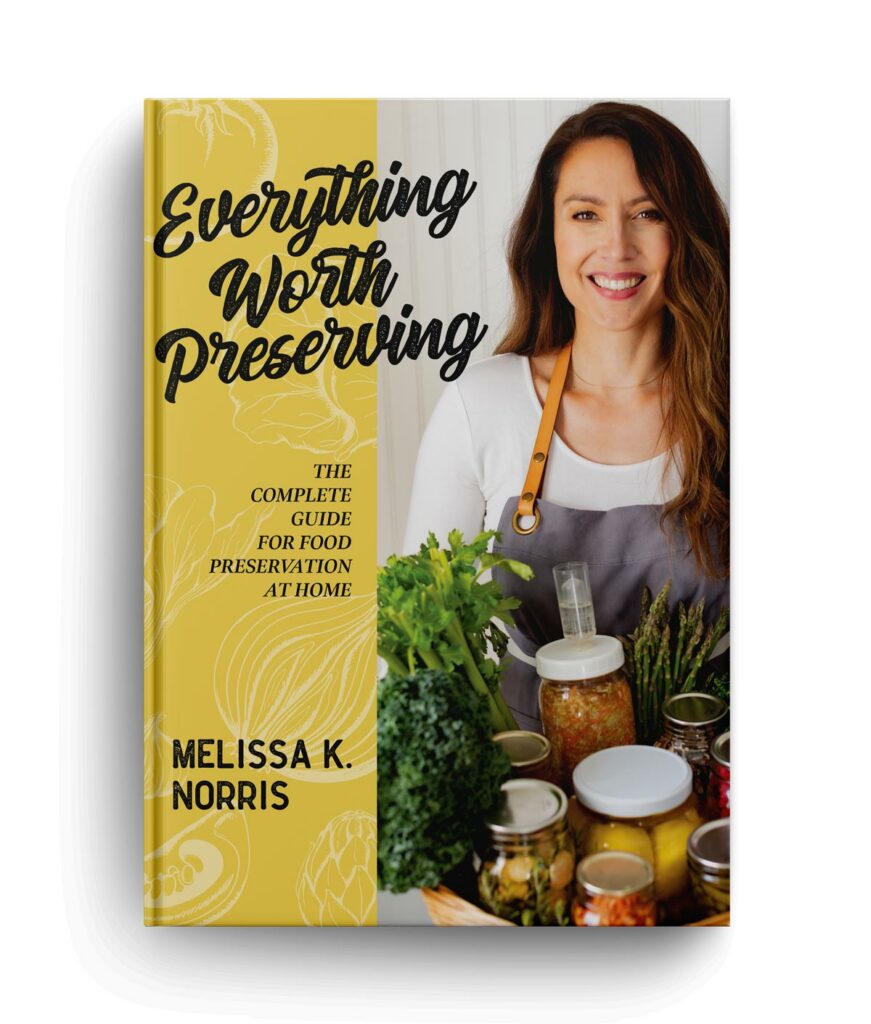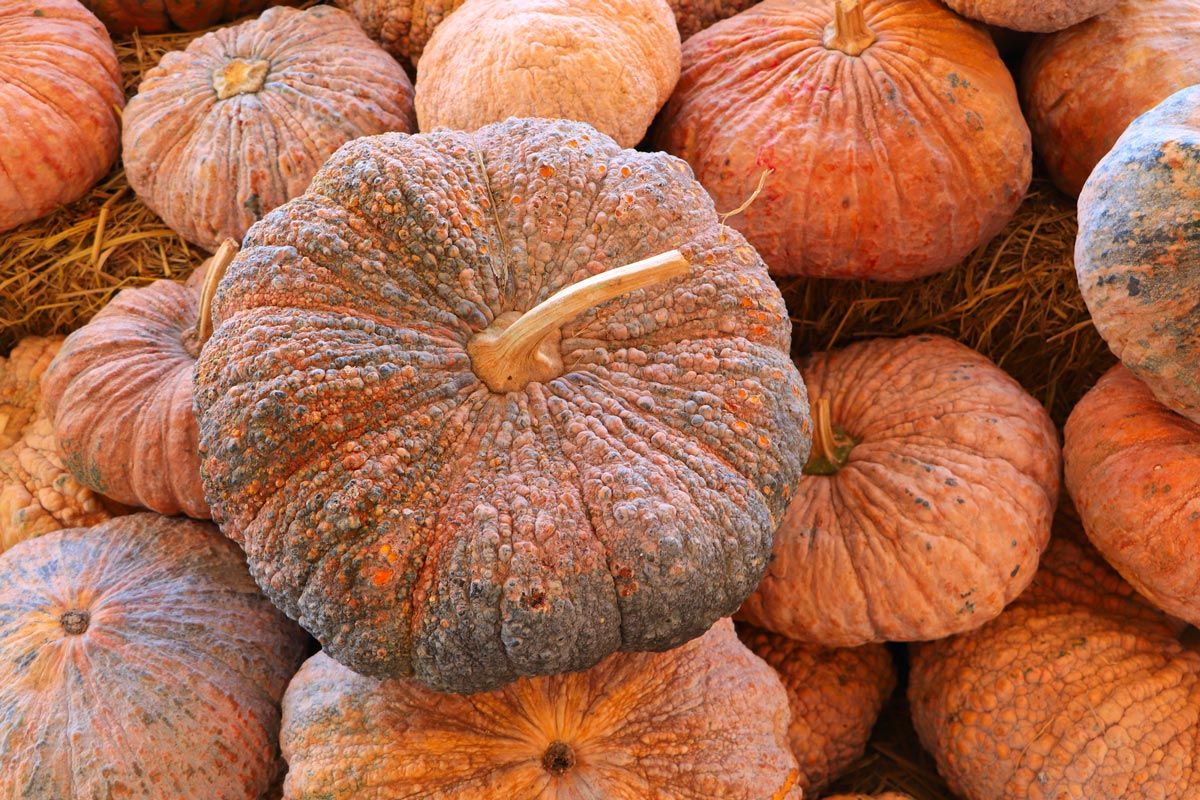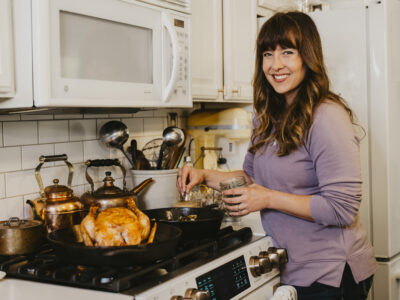We all want shelves of home-canned food that we grew and preserved ourselves. Electric canners are all the craze right now, both for water bath canning and pressure canning. So let’s take a deep dive into the pros and cons of using electric pressure canners, and I’ll share my thoughts on whether or not you’ll find one in my kitchen.
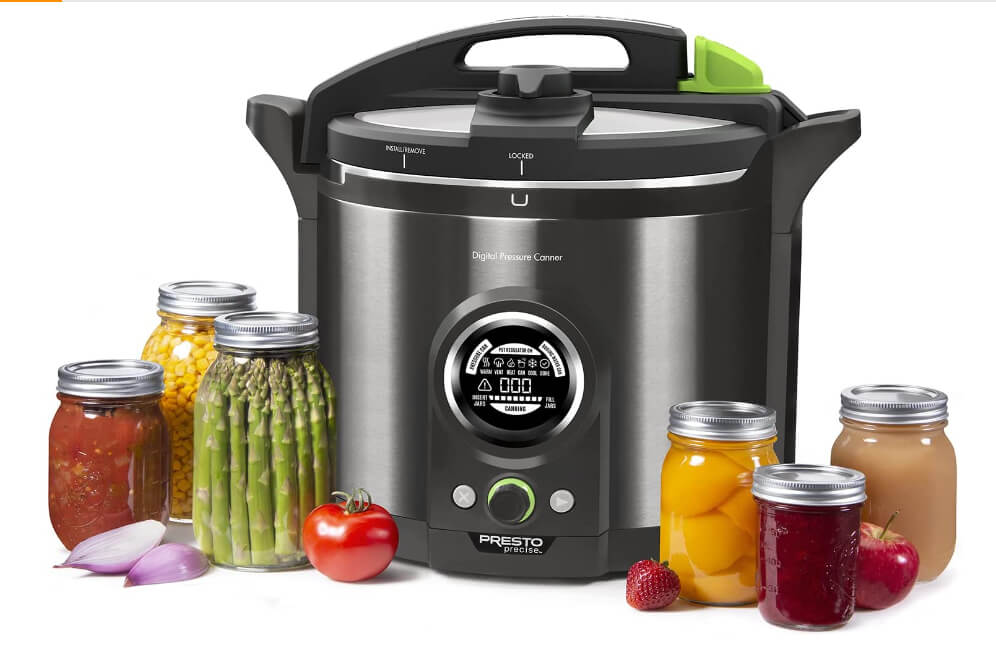
If you’ve been around here for long, you know that I’m an avid preserver. I pride myself on being a “modern homesteader.” Meaning I like to take advantage of the many conveniences we have living in a modern world (unlike the conveniences my father lacked growing up during the Great Depression).
These conveniences are not lost on me, I promise! They’re why I love using an immersion blender rather than a whisk for my homemade mayonnaise recipe, why I love my espresso machine that makes my latte each morning, and why I’m a massive fan of the quick and easy meals made possible by my Instant Pot.
Please hear me when I say that this modern girl loves me some convenience items! However, where I won’t relent is when it comes to safety and food preservation. So let’s dive into electric canners.
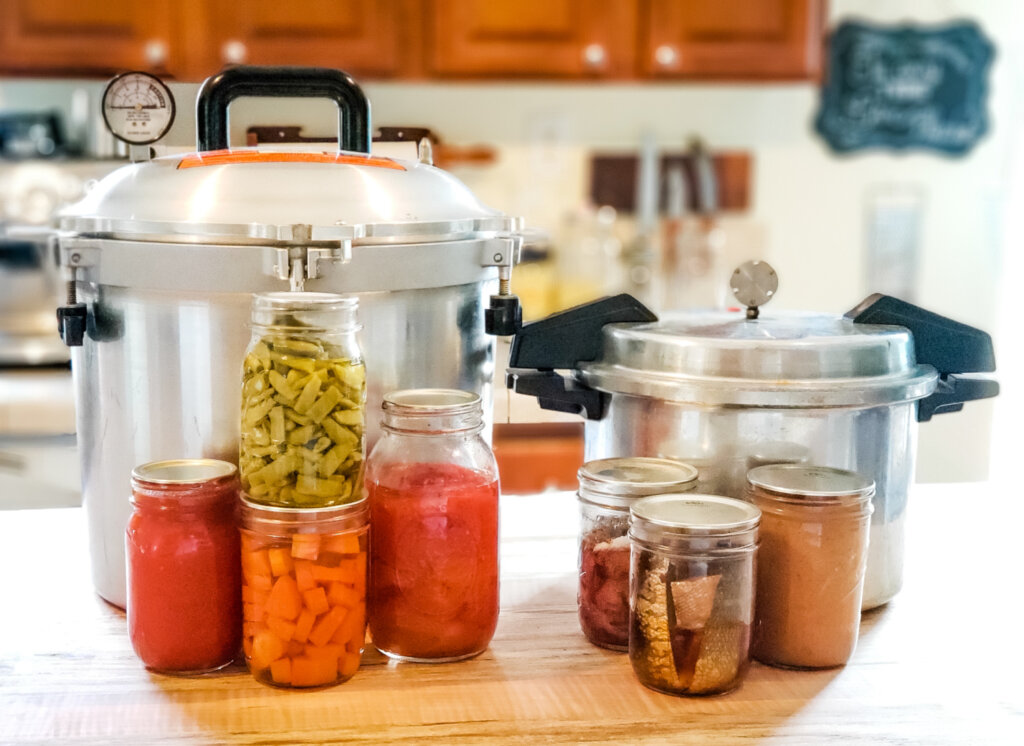
Pressure Canning vs. Water Bath Canning
First and foremost, I need to differentiate that pressure canning and water bath canning are two separate methods for preserving food. Sure, they have their similarities, but for safety purposes, they’re completely different.
All food has to reach a specific temperature in order to be properly preserved to be shelf-stable. When thinking about foods, they fall into two categories: acidic foods and non-acidic foods.
- Acidic Foods: For acidic foods (4.6 pH or lower), the proper preservation method is water bath canning. The temperature of a water bath canner, 212°F (or 100°C) is adequate to kill off any dangerous bacteria and create a proper seal on the canning jar.
- Non-Acidic Foods: For non-acidic foods, the proper preservation method is a pressure canner. Non-acidic foods must reach higher temperatures to kill off botulism spores in order to be considered safe for long-term, shelf-stable storage.
This is why it’s ALWAYS important to follow tested and approved recipes. Something I teach all the time in my home preservation class inside the Pioneering Today Academy.
Furthermore, I’m so passionate about this that I wrote my own home canning and preserving book, Everything Worth Preserving.
Everything Worth Preserving
In this book, I share every food product that you might grow in a home garden, a fruit orchard, or animals raised on the homestead in alphabetical order. Then, under each item, are listed all the safe ways of preserving each food, along with tested and approved recipes.
It’s the preservation book I always wish I had for the past 20+ years that I’ve been preserving foods. You can get your copy of Everything Worth Preserving here.
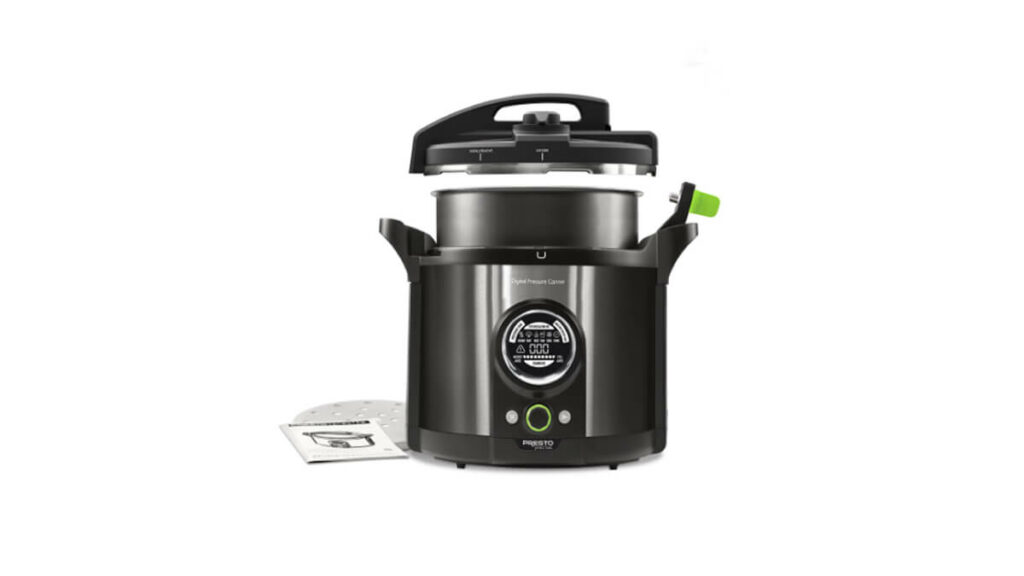
Types of Electric Canners
There are many electric pressure canners on the market today. Here are some of the brands you may have heard of:
- Presto Digital Pressure Canner
- Nesco Smart Canner
- Carey Smart Electric Pressure Cooker and Canner
- Ball Electric Water Bath Canner and Multi-Cooker
Pressure Cooker vs. Pressure Canner
It’s important to realize the difference between a pressure cooker and a pressure canner. Though most pressure canners can also pressure cook foods, not all pressure cookers are tested and safe for canning.
This was a common misconception when the Instant Pot first came out (back then it was called InstaPot). Many people began pressure canning in the Instant Pot. YouTube videos were even published about the safety of the canned food.
However, after some third-party testing, it was discovered that the Instant Pot didn’t maintain the proper pounds of pressure necessary during the entire canning process.
If you’ve ever done any pressure canning, you may or may not know, if the pressure dips below the recommended number (even slightly) during the processing time, you must start the entire time over again once proper pressure is resumed for that food to be considered safe.
Now hear me closely here. Not all food that hasn’t been properly canned will be harmful. Furthermore, botulism can hide in many foods beyond just canned food. So just because someone used an Instant Pot to home-can food and lived to tell about it (or never got sick), doesn’t mean that’s a safe method for home food preservation.
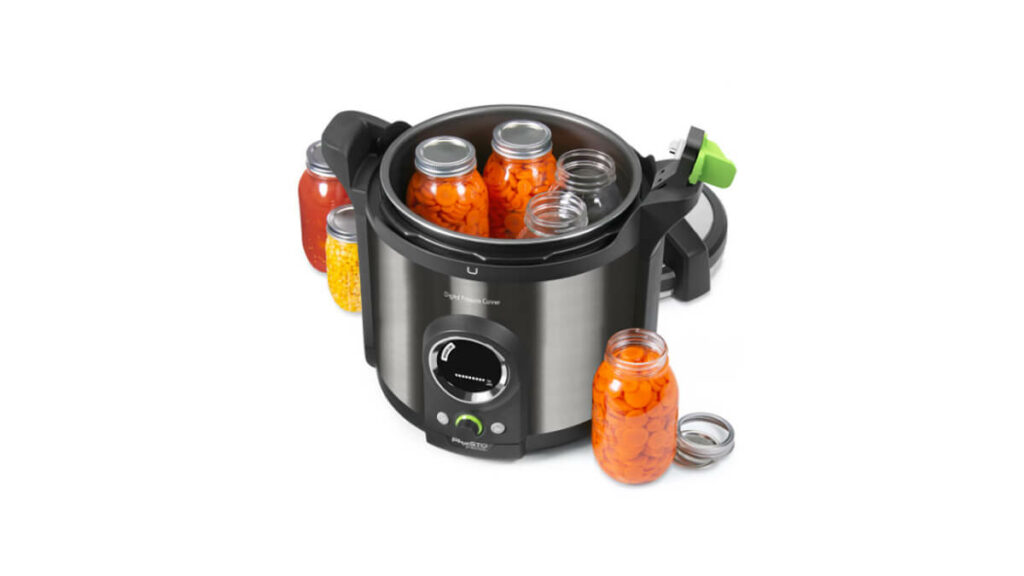
Pros of Electric Canners
I completely understand that there are some things about electric canners that are intriguing. The fact you can “set it and forget it” is one of them. However, in all my years of canning, never have I “set it and forget it,” even with a water bath canner. But some of the other pros are as follows:
- Easy to Use: With a quick read through the instruction manual, you’ll likely be able to use your electric canner with ease.
- No Concern with Glass Stovetops: When it comes to canning on a glass stovetop, there’s a lot of debate on whether or not it’s considered safe. While I won’t weigh in on this as I don’t have personal experience with glass stovetops, I’ve heard both for and against it. With an electric canner, there’s no more need for concern.
- Portable: With an electric canner, you can use the appliance anywhere you can get electricity. Whether that’s on a table outside on the patio, on the go in an RV, or at home in your kitchen. They’re not as heavy as a traditional water bath or pressure canner, but neither are steam canners and those can be used safely for water bath recipes.
- Multi-Purpose: Electric canners advertise they can water bath can as well as pressure can, and usually work as an electric pressure cooker as well. As mentioned above, you all know I love my Instant Pot, so if you’re in the market for all three of these things, this might be appealing, though read the con and safety concerns further in this post. (Pro Tip: Any stock pot can double as a water bath canner as long as the water covers 1-2 inches above the jars. Simply place some canning rings on the bottom of the pot so the jars aren’t coming into direct contact with the bottom of the pot while canning.)
- Size: All of the electric pressure canners I’ve seen on the market are smaller in size. Some people may love this because they’re easy to pick up and move from a shelf in the cupboard to their kitchen counter. They won’t compare to the All-American 41-quart pressure canner that can hold 31-pint jars or 20-quart jars at a time (or my preferred size All-American Pressure Canner)! But for those who can on a smaller scale, this might be appealing.
I’m sure there are more pros to the electric pressure canners that I’m not aware of, but for now that’s a pretty good list of pros.
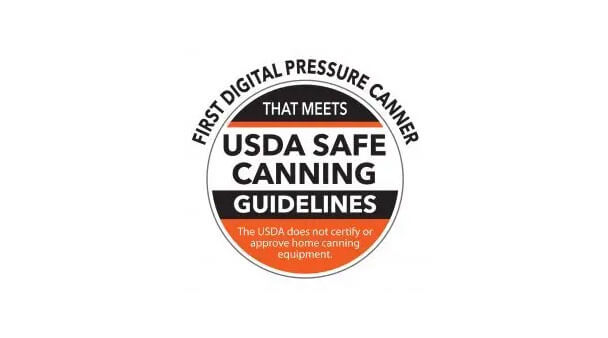
Cons of Electric Canners
Funny enough, many of the pros of using an electric canner are also cons (at least in my eyes).
- Must-Have Electricity: While I love the convenience of being able to grab and go an electric/portable canner, what I really desire is an appliance that will be there for me when I most need it. Living in a rural area, we can experience power outages that last for days, so I need to know I can put up my food when I need to and not have to rely on electricity. Having a gas stove (or a portable propane camp stove) means I can use my water bath or pressure canner any time.
- Digital: Remember, I love the conveniences of this modern world. But I’ve already had to replace my Instant Pot once because the electrical panel went out. When it comes to a water bath canner there’s nothing fancy about it. And with my weighted gauge pressure canner, all I need are my ears to tell me if I’ve come to the right pressure, I’m not relying on the digital display.
- Pressure Adjustments: With the digital electric pressure canners, there are no dials or gauges where you can adjust for high elevation. If you are 1001 feet above sea level, you must increase (on a weighted gauge) from 10 lbs to 15 lbs of pressure (or by one number on a dial gauge). Though the electric canners say they adjust for this, there’s no way to be certain. I personally don’t like this because it’s hard for me to know that the technology is doing what it’s supposed to do.
- Size: As I mentioned above, all electric canners I’ve seen are far too small for the scale of canning I do every year. I don’t grow enough food for a year and put it up in tiny batches, that’s just not good use of my time. These don’t compare to the All-American 41-quart pressure canner that can hold 31-pint jars or 20-quart jars at a time! Also, be sure to read the fine print. When a pressure canner says it’s a 12-quart canner, that doesn’t mean you can fit 12 quart-sized jars into the canner. What that’s telling you is how much liquid the canner reservoir holds. So it’s important to distinguish the difference and get the right sized canner for your needs.
- No Third-Party Testing: At the time of this publication, I couldn’t find any documented third-party testing on the safety and accuracy of electric pressure canners. Keep in mind this is for pressure canning only. A water bath will do the job with boiling water, so as long as you can visually see a rolling boil, that’s proof enough for me (but then why spend the money when a stock pot will do!). But I don’t trust that these canners aren’t losing pressure during the canning time. At least not until I can read a third-party test.
- Misleading Information: Presto states, right on the box, “The first digital pressure canner that meets USDA safe canning guidelines.” Then, in small print, it says, “The USDA does not certify or approve home-canning equipment.” (See photo above.) What Presto is portraying is technically false or, at the very least, misleading. The USDA hasn’t approved any equipment used for home canning. Presto refers to guidelines for using pressure canning on non-acidic foods, not the pressure canner itself.
Now please hear me, these are my own opinions on the electric canners. I’ve heard rave reviews from fellow homesteaders that I completely trust, and am glad that they’ve had such overwhelming success. But where my trust lies is in the third-party testing.
Does this mean, if a third-party test comes out that shows them to be reliable and safe, that I’ll get one? Probably not, and that’s for my personal reasons listed above.
Ultimately this comes down to a personal decision. But I like to put this information out there so everyone can make their own informed decision and not fall prey to the master marketers behind these large corporations.
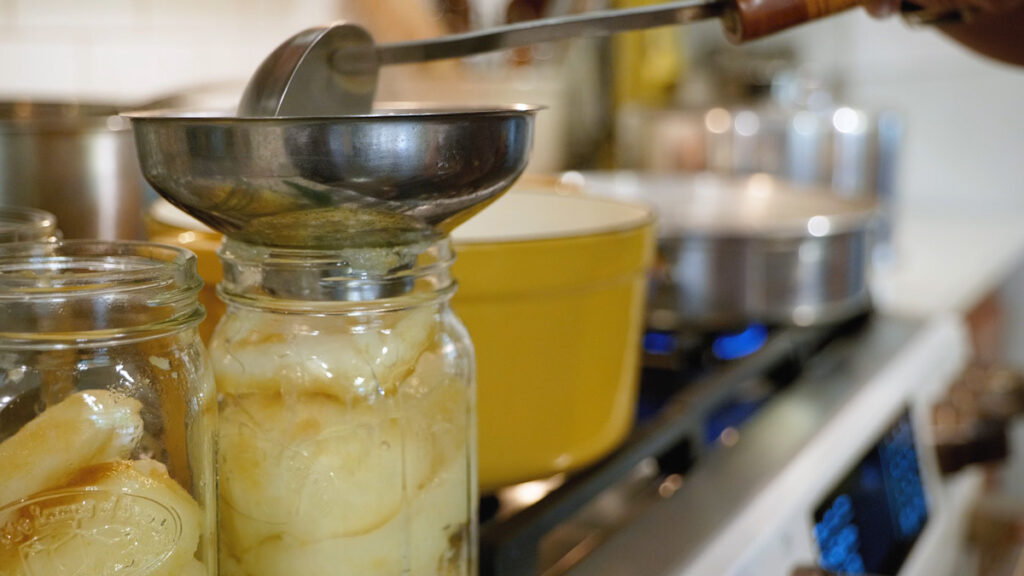
Canning Classes
If you’re looking to get started with pressure canning, for a limited time you can check out the replay of the free online webinar I did right here.
I also have the Pioneering Today Academy which includes classes on freeze drying, pressure canning, water bath canning, dehydrating, fermenting, root cellaring and all the ways you can safely preserve food at home.
This membership includes step-by-step videos, along with downloadable pdfs filled with everything you need to know to get started preserving food at home.
The membership is currently open (June 2023) but will be closing doors soon and won’t open again until later this year.
Verse of the Week: John 20:24-29
Two Days of Truth Summit
The annual Two Days of Truth Summit is coming up at Polyface Farm with Joel Salatin. It will be held June 23-24, 2023. If you’ll be in the Virginia area and can make it, I highly recommend you checking it out.
Joel Salatin is a wealth of information. He was just on my podcast discussing mRNA in meat and it was a very eye-opening conversation (even for me who still purchases some organic meat from time to time).
For more information, visit the Polyface Farm website.
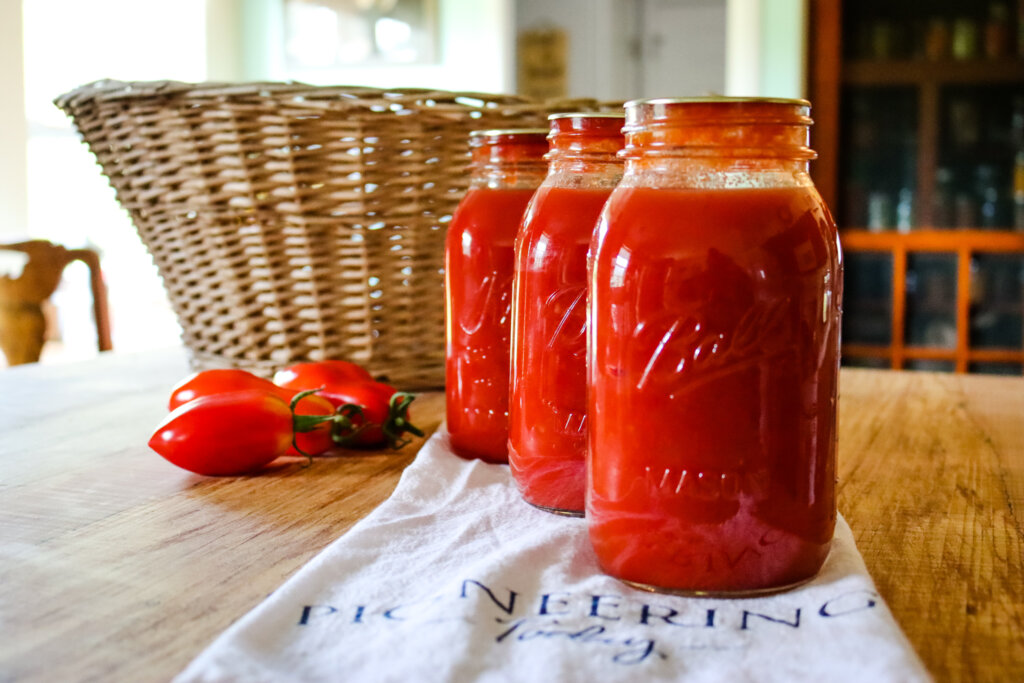
More Posts You May Enjoy
- Proper Canning Headspace (Is it Important?)
- Does Pressure Canning Ruin Bone Broth?
- A Complete Guide to Home Food Preservation
- Canning in Electric Pressure Cookers & Other Pressure Canning Questions
- How to Store Home Canned Food Safely (Jar Stacking & Canning Rings)
- Canning Problems and Solutions: Siphoning (Liquid Loss in Jars)
- Pressure Canning Like a Pro
- What You Don’t Know About USDA Canning Rules
- 10+ Easy Home Canning Recipes
[fusebox_transcript]
